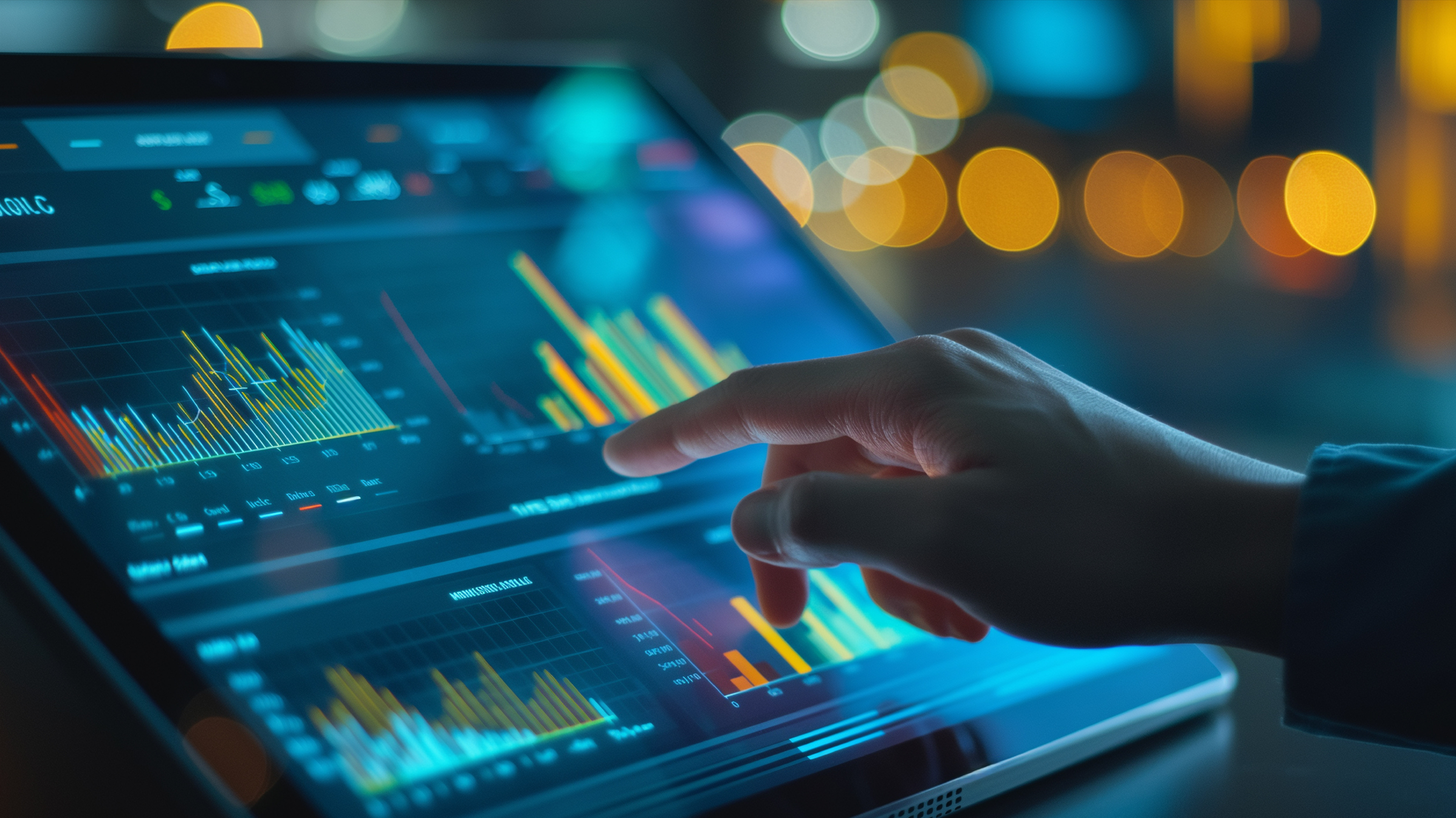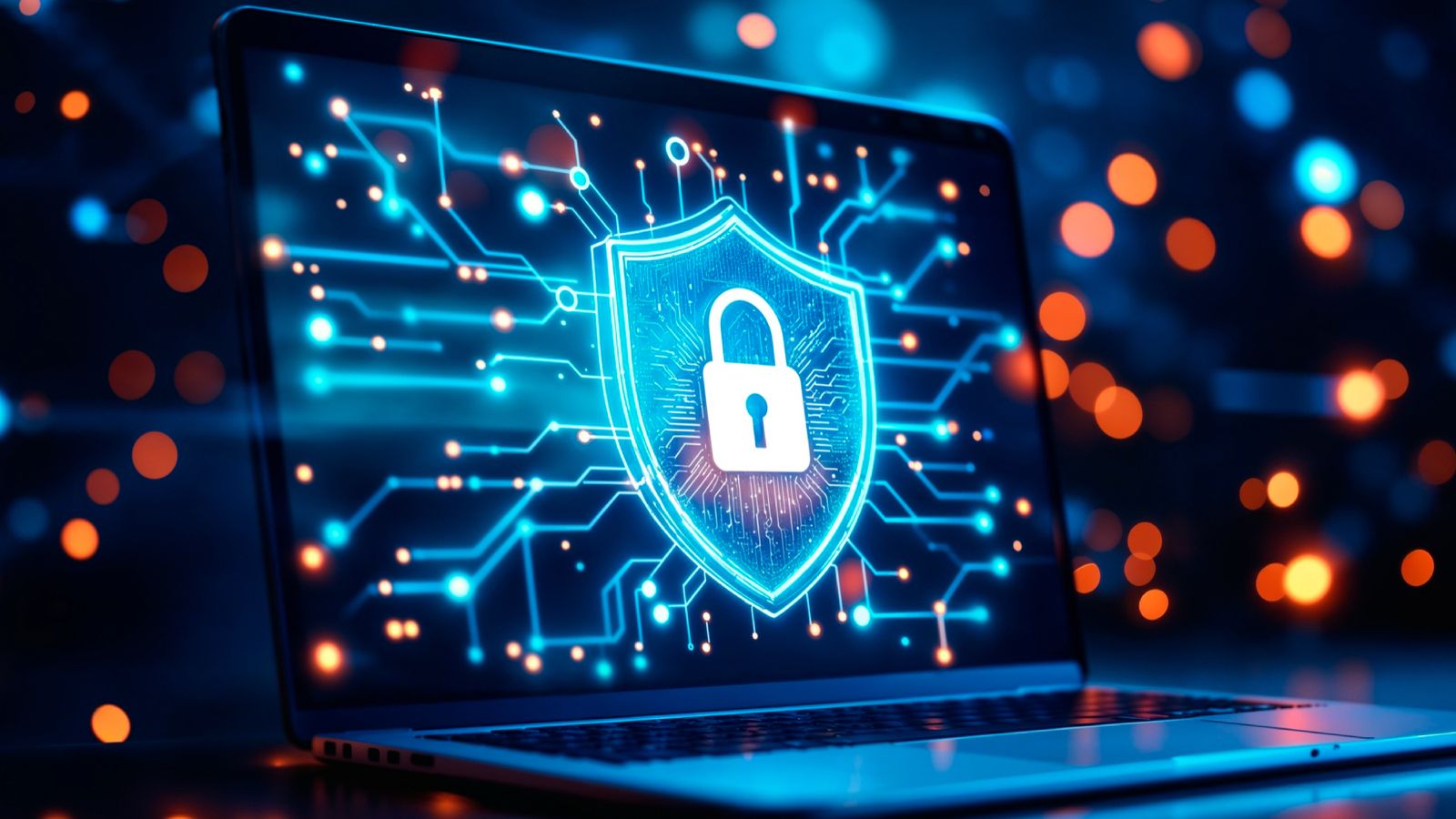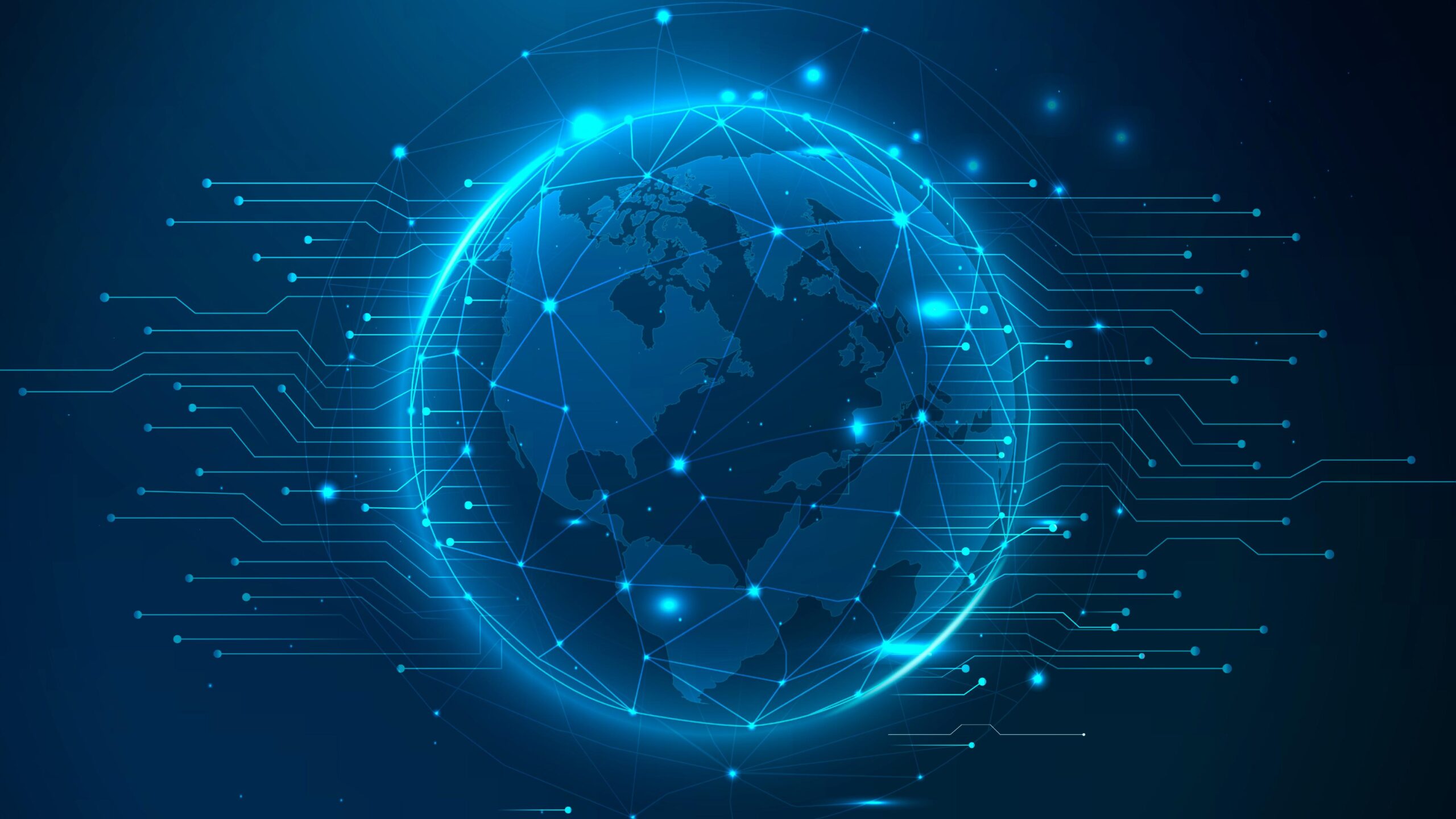Securing Tomorrow: Artificial Intelligence in the Cybersecurity Landscape
Whether we like it or not, artificial intelligence is no longer just a buzzword. Tools like ChatGPT, Gemini, and Claude have leapt into the mainstream almost overnight, revolutionizing everything from customer service to code generation. Once the exclusive domain of tech giants, AI solutions are now within reach for businesses of all sizes—offering a potent competitive edge that is impossible to ignore.
In the second installment of Axletree’s cybersecurity series, we explore how AI is both a powerful ally and a potential vulnerability in today’s cybersecurity landscape. Join us as we discuss this transformation with insights from our own cybersecurity expert, Jose Carro, Managing Director for Latin America & Head of Information Security.
Let’s dive in and discover how AI is transforming the cybersecurity landscape—and what organizations can do to stay ahead of the curve.
A Double-Edged Sword
On January 21, 2025, Anthropic CEO Dario Amodei predicted that within two to three years, AI systems would surpass “almost all humans at almost everything“–and cybersecurity appears to be no exception.
Artificial intelligence is rewriting the rules of cybersecurity by automating threat detection, analyzing massive data sets, and even predicting breaches before they occur. But as we reap these benefits, we must also address a new set of challenges.
The Upside: Speed, Precision, and Efficiency
- Rapid Threat Detection: AI can comb through vast amounts of data in seconds, identifying anomalies and flagging potential threats before they escalate.
- Automated Processes: From fraud detection to compliance checks, AI streamlines repetitive tasks, freeing up valuable human resources.
- Enhanced Decision Making: Real-time analytics empower teams to respond quickly to evolving threats, ensuring better protection of financial assets.
The Downside: Exposure and Exploitation
- Data Leakage Risks: “The problem with generative artificial intelligence, like ChatGPT, is that the tool is exposed. It’s free to use, and any person can use it,” says Carro. When employees use public tools, they risk inadvertently exposing sensitive information—from contracts to client data.
- Weaponization by Cybercriminals: Once sensitive data is input into these systems, bad actors can mine this information to refine phishing attacks or orchestrate data breaches.
- Unsecured AI Notetakers: AI-powered meeting assistants may streamline internal communications but raise serious questions about data ownership and storage security. Who owns the recordings? How is data stored, and is it protected? “We need to do our due diligence and understand the risks and the background of the artificial intelligence companies we choose to work with,” Carro warns.
Staying Competitive: Why AI Can’t Be Ignored
Despite these dangers, ignoring AI is not an option in today’s hyper-competitive market, where speed, accuracy, and trust are paramount.
Increasingly, regulators and clients alike expect faster turnaround times and more insightful data analysis. Companies that harness AI for cybersecurity gain access to a suite of powerful capabilities—from real-time fraud detection to automated compliance checks—that streamline operations and elevate the customer experience. AI-driven solutions can sift through millions of transactions in seconds, flag anomalies before they become breaches, and even forecast market shifts based on behavioral patterns. These advantages translate directly into better risk management, cost savings, and a decisive competitive edge.
“Companies that don’t leverage AI will be out of the game,” says Carro. “You have to embrace the technology and mitigate the risks, not hide from it.” In other words, adopting AI is not just a technical decision—it is a strategic imperative for financial institutions aiming to thrive in a rapidly evolving cybersecurity landscape.
Acceptable Risk? Evaluating AI Cybersecurity
One of the most pressing questions for industry leaders is how to balance the benefits of AI with its inherent risks—and who makes final decisions regarding safety.
“It’s important to understand the risk, measure the risk, and accept the risk,” Carro says. “The cybersecurity team presents the facts—for example, that an AI notetaker may make our calls more efficient, but that information is going be recorded externally, off Axletree premises. Are we willing to accept that risk? That is not a call from security alone. That is a call from management.”
Carro’s recommended approach is systematic, combining technical evaluations with strategic oversight by senior management.
- Identify the Tool: Evaluate the vendor’s background, compliance certifications, and track record in data handling.
- Analyze the Risks: Evaluate worst-case scenarios—from data breaches to intellectual property theft.
- Offer Mitigations: Mask sensitive data and enforce strict access controls to ensure employees see only what they are authorized to view.
- Make the Call: Present a clear risk-benefit analysis to senior management, who decide on the acceptable level of risk.
The Future of Cybersecurity at Axletree and Beyond
For companies like Axletree, cybersecurity is of the utmost priority. As new threats arise—whether from remote work challenges, sophisticated phishing campaigns, or AI exploitation—responses must continually evolve.
Carro and his team see the future as an ongoing cycle of:
- Continuous Learning: Keeping updated on the latest AI developments, zero-day vulnerabilities, and new frameworks. “We must stay vigilant and constantly investigate new threats—and the new technology with which to respond to those threats,” says Carro.
- Proactive Monitoring: Investing in state-of-the-art endpoint protection and real-time analytics.
- User Empowerment: Providing regular training to ensure that every team member is equipped to handle emerging threats. “It is equally important to see things from the employees’ point of view as it is the technical point of view,” says Carro. “We must focus on awareness—knowing what current threats are, how bad actors target employees, and how we can respond to their attacks.”
- Integrated AI Security: Adopting thoroughly vetted AI solutions to balance innovation with steadfast data protection.
Looking Ahead: Cybersecurity and AI
The intersection of cybersecurity and artificial intelligence is both bursting with potential and fraught with complexity. For financial institutions, the message is clear: staying ahead of threats in the current cybersecurity landscape requires a dynamic, informed, and proactive approach. In the financial services world—where data is an asset of immense value—remaining complacent simply isn’t an option.
By investing in endpoint protection, user training, and carefully curated security tools, Axletree aims to stay one step ahead of malicious actors while embracing the innovations that set the pace for our industry. As Carro puts it: “There is always room to improve. We must keep constantly learning. We must adapt to every new threat. That’s the only way to stay secure.”
Ready to get started? Connect with us at Axletree to learn how we’re leveraging the latest cybersecurity solutions to safeguard our clients’ financial data in an era of emerging AI technologies. After all, the future of cybersecurity is here, and it’s ours to shape.
February 5, 2025




